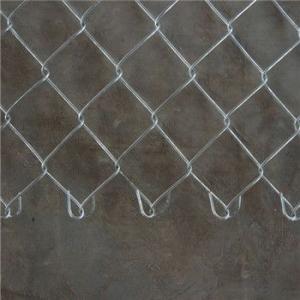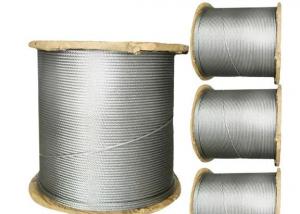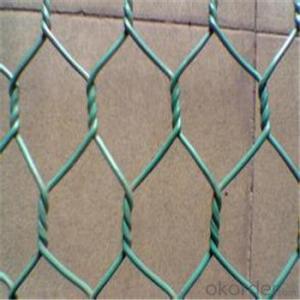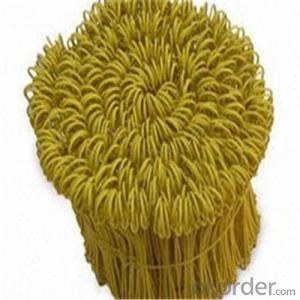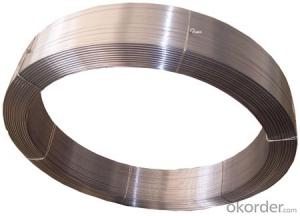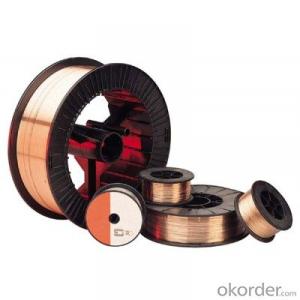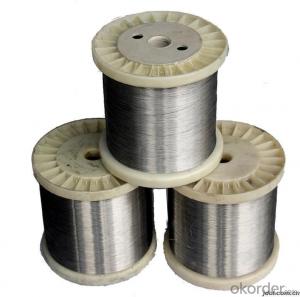Stainless Steel Wire Grid
Stainless Steel Wire Grid Related Searches
Led Light Bulbs For Ceiling Fixtures Decorative Ceiling Plate For Light Fixture Ceiling Plate For Hanging Light Track Lights For Kitchen Ceiling Lights For Kitchen Ceiling Ceiling Brackets For Lights Ceiling With Led Lights Spotlight For Ceiling 5 Blade Ceiling Fan With Light 12X12 Ceiling Tiles With HolesHot Searches
Steel Mesh Panels For Sale Type Of Inverter For Solar Price Of Shipping Containers For Sale Types Of Inverter For Solar Aluminum Bar Stock For Sale Bags Of Cement For Sale Types Of Temporary Side Panels For Cement Deck Cost Of Awnings For Decks Type Of Scaffolding With Pdf Price Of Scrap Stainless Steel Price Of Stainless Steel Scrap Price Of Stainless Steel Galvanized Steel Scrap Price Type Of Stainless Steel Types Of Stainless Steel Grades Types Of Stainless Steel Aluminum Corp Of China Stock Types Of Scaffolding In Construction Pdf Stainless Steel Factory Stainless Steel TypeStainless Steel Wire Grid Supplier & Manufacturer from China
Okorder.com is a professional Stainless Steel Wire Grid supplier & manufacturer, offers integrated one-stop services including real-time quoting and online cargo tracking. We are funded by CNBM Group, a Fortune 500 enterprise and the largest Stainless Steel Wire Grid firm in China.Hot Products
FAQ
- The different types of stainless steel wire weaves include plain weave, twill weave, Dutch weave, and reverse Dutch weave.
- There are several different types of stainless steel wire braiding techniques used in various industries. Some of the commonly employed techniques are: 1. Standard Braiding: This technique involves interweaving multiple stainless steel wires in a diagonal pattern, creating a flexible and strong braided structure. It is widely used in applications where high strength and flexibility are required, such as in hoses, cables, and electrical wiring. 2. Flat Braiding: In this technique, the stainless steel wires are braided in a flat and parallel configuration. This type of braiding provides excellent coverage and protection while maintaining flexibility. Flat braiding is commonly used in applications where a smooth and even surface is desired, such as in automotive wiring harnesses. 3. Diamond Braiding: As the name suggests, diamond braiding involves interweaving stainless steel wires in a diamond-shaped pattern. This technique offers enhanced strength and durability, making it suitable for high-pressure applications like hydraulic hoses and industrial machinery. 4. Square Braiding: Square braiding is a technique where the stainless steel wires are braided in a square or rectangular pattern. This type of braiding provides high coverage and resistance to abrasion, making it ideal for heavy-duty applications, such as in mining equipment and oilfield machinery. 5. Knitted Braiding: Knitted braiding involves intertwining stainless steel wires in a knitted pattern, similar to a fabric. This technique offers flexibility, stretchability, and excellent coverage, making it suitable for applications like expansion joints, bellows, and flexible connectors. 6. Overbraiding: Overbraiding is a technique where a layer of stainless steel wire is braided over an underlying structure or material. It provides additional protection, strength, and aesthetic appeal. Overbraiding is commonly used in applications like hoses, cables, and tubing to enhance their structural integrity and resistance to external forces. These are just a few examples of the different types of stainless steel wire braiding techniques. The choice of technique depends on the specific requirements of the application, such as desired strength, flexibility, coverage, and resistance to various environmental factors.
- Stainless steel wire offers a range of surface finishes, each with its own purpose and visual appeal. Here are some of the most popular options: 1. The standard finish for stainless steel wire is the bright finish, also referred to as a mill finish. It boasts a smooth and shiny appearance, making it suitable for general applications where aesthetics aren't a top priority. 2. Another option is the matte finish, which has a non-reflective and dull look. Achieved by brushing the wire surface, this finish is ideal for architectural and decorative purposes where minimizing glare and reflection is essential. 3. The mirror finish, as its name implies, produces a highly reflective surface akin to a mirror. This glossy appearance is achieved by polishing the wire with fine abrasives, making it a popular choice for high-end applications like jewelry or automotive parts. 4. Stainless steel wire can also be coated with different materials to enhance its performance or appearance. For instance, a polymer coating can improve corrosion resistance or provide electrical insulation. Other coatings, such as PTFE or nylon, can reduce friction or introduce specific colors. 5. Passivation, a chemical process, is used to eliminate surface contaminants and enhance the corrosion resistance of stainless steel wire. This passivated finish is commonly employed in applications exposed to harsh environments or corrosive substances. It's important to note that the availability of these surface finishes may vary depending on the specific grade and thickness of the stainless steel wire. Therefore, it is advisable to consult a supplier or manufacturer to ensure the desired finish is available for your specific application.
- The main characteristics of stainless steel wire include its high resistance to corrosion, strength, durability, and versatility. It is known for its ability to withstand extreme temperatures and harsh environments, making it suitable for a wide range of applications such as electrical wiring, construction, and manufacturing industries. Additionally, stainless steel wire is non-reactive to most chemicals, has a clean and polished appearance, and can be easily formed and manipulated.
- Using stainless steel wire for various applications offers several advantages. Firstly, it is renowned for its exceptional strength and durability, boasting a high tensile strength that enables it to withstand heavy loads and resist breakage. This makes it an ideal choice for construction, automotive, and industrial projects, where strong and reliable materials are required. Secondly, stainless steel wire exhibits a high level of resistance to corrosion and rust. This is attributed to the presence of chromium in the alloy, which forms a protective layer on the surface, effectively preventing rusting even when exposed to moisture or harsh environments. Consequently, stainless steel wire is highly suitable for outdoor applications or areas with high humidity or chemical exposure, such as marine environments or chemical processing plants. Additionally, stainless steel wire possesses excellent heat resistance properties, allowing it to endure high temperatures without deforming or compromising its strength. This makes it well-suited for applications involving high heat, such as the manufacturing of heat exchangers, furnaces, or electrical heating elements. Another advantage of utilizing stainless steel wire is its versatility. It can be easily formed, bent, or shaped without sacrificing its properties, offering numerous customization options. This flexibility renders stainless steel wire suitable for a wide array of applications, including mesh screens, wire ropes, springs, fasteners, and welding electrodes. Lastly, stainless steel wire is renowned for its aesthetic appeal, boasting a smooth and polished surface that imparts a modern and sleek look. This makes it a popular choice in architectural and interior design applications, such as balustrades, staircases, or decorative wire mesh. In summary, the utilization of stainless steel wire presents numerous benefits, including exceptional strength, corrosion resistance, heat resistance, versatility, and aesthetic appeal. These qualities make it a reliable and durable option for a diverse range of applications in various industries.
- Certainly! Wire screens can indeed be made using stainless steel wire. Stainless steel is a widely favored option for wire screens because of its robustness, resistance to corrosion, and capability to endure high temperatures. This material possesses great strength and sturdiness, rendering it appropriate for a multitude of uses including insect screens, window screens, filtration screens, and industrial sieves. Stainless steel wire screens are renowned for their long-lasting nature and effectiveness in sieving out undesirable particles or insects, all the while ensuring sufficient airflow and visibility.
- Certainly, wire forms can definitely utilize stainless steel wire. Renowned for its corrosion resistance, strength, and aesthetic charm, stainless steel emerges as an adaptable and enduring substance. Such commendable traits render it ideal for fabricating wire forms necessitating robustness and endurance. Widespread employment of stainless steel wire forms is observed across diverse sectors encompassing automotive, aerospace, medical, and industrial domains. Furthermore, the malleability of stainless steel wire allows for effortless bending, twisting, and shaping into multifarious configurations, rendering it the perfect choice for crafting intricate and sophisticated wire structures.
- Yes, stainless steel wire can be used for safety barriers. Stainless steel is a highly durable and corrosion-resistant material, making it ideal for applications where safety and longevity are important. It provides a strong and secure barrier, capable of withstanding harsh environmental conditions and frequent use. Moreover, stainless steel wire is resistant to rust and corrosion, ensuring its effectiveness and appearance over time. Whether for industrial, commercial, or residential purposes, stainless steel wire is a reliable choice for safety barriers due to its strength, durability, and resistance to wear and tear.


















